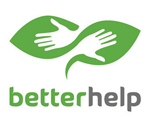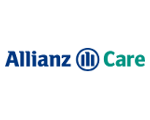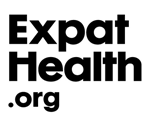- The emergency number in Denmark is 112
Danish health service is one of the best in the world. It is financed through income tax so public medical treatment in Denmark is available for anyone who has a CPR number. Free emergency treatment is available to visitors from all other countries.
Two sectors
Public healthcare
Public healthcare in Denmark is divided into primary health care and hospitals. Primary care deals with general health problems and is usually the first point of contact if you require general medical treatment. Services in this sector are available to everyone and include treatments from general practitioners, dentists, physiotherapists, etc. Even though most of the primary healthcare is free, you will have to pay a fee when you go to the dentist.
Hospitals are responsible for patients who require more specialised medical treatment, for example, intensive care or the need for specialist equipment.
The public system is highly overcrowded so there are often very long waiting lists for non-emergency treatment. As a result, public doctors will sometimes refer patients to a private clinic for treatment and the public system will pay the majority of the bill.
Private healthcare
Denmark also has an extensive number of private doctors and hospitals. If you do not take out private health insurance, you will have to pay to use these services.
The Danish health card (sygesikringsbevis)
The health card is proof of your entitlement to public health services; listing your name, CPR number and your doctor’s contact information. You must present the card whenever you visit a doctor, hospital, or pharmacy.
Your Danish health card can also be a form of identification when no photo is required. You will receive your health card once you have got a CPR number.




